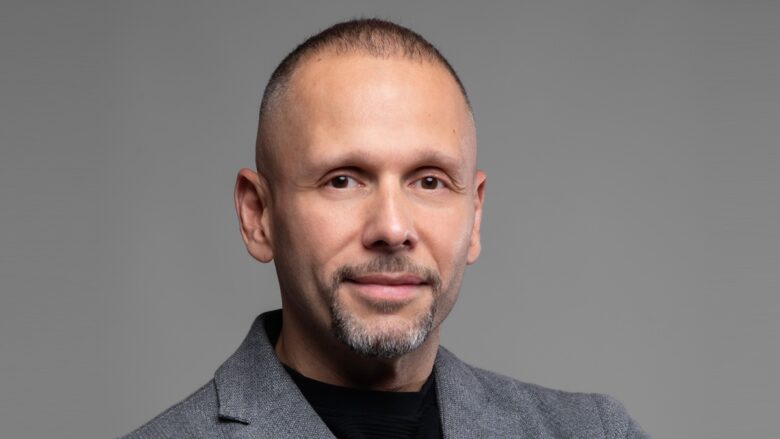David Ribott, a multi-award-winning leadership coach and educator, explains that accurate leadership enables startups to scale sustainably by aligning intent with execution through clear decision ownership, disciplined operating rhythms, strong emotional intelligence, and systems that replace individual heroics as the company grows.
What does “accurate leadership” mean to you, and why is it particularly vital in the startup ecosystem?
Accurate leadership is the alignment of intent, information, and impact. It means seeing the business as it actually is, not as one wishes it to be, and making decisions that are grounded in real data and observable outcomes. For startups, where time, funding, and talent are limited, speed without accuracy leads to waste, rework, and loss of trust. When leaders communicate priorities clearly, define decision rights, and maintain a disciplined rhythm of learning and adjustment, they convert velocity into progress rather than noise. This discipline ensures that every cycle of action produces measurable learning instead of avoidable burnout.
Many startups struggle with leadership alignment early on. How can founders build clarity and consistency?
Founders can create alignment by writing down how the company operates, rather than relying on verbal understanding or personal interpretation. A simple one-page operating mandate that defines the company’s purpose, priorities, decision ownership, and working standards helps everyone play from the same sheet of music. When this is reinforced by a weekly leadership rhythm with a consistent agenda focused on metrics, blockers, and decisions, the company develops predictable operating habits. Consistency comes not from personality or charisma but from structured routines that make expectations visible, decisions traceable, and accountability shared.
How does accurate leadership enable sustainable scaling vs. chaotic growth?
Accurate leadership shifts the organization from heroics to repeatable systems. Instead of relying on individuals to push harder every time, it translates strategy into measurable leading indicators that tell the organization when to invest, hire, or slow down. Critical processes such as onboarding, pricing decisions, and incident response become standardized moments that protect quality as headcount grows. When leaders install regular operating checks, such as monthly performance reviews and quarterly strategic resets with clear criteria for continuation or cancellation, the organization becomes capable of learning at scale rather than simply growing in size.
In fast-moving environments where founders wear multiple hats, what practical steps can they take to ensure their leadership remains effective and intentional?
Founders should design their calendars to reflect their dual responsibilities rather than letting urgency dictate how they spend their time. Setting explicit time blocks for operational work and separate CEO time for long-term thinking keeps leadership from becoming entirely reactive. Weekly reviews of strategy, people, and cash ensure that the essentials are never neglected even in periods of high activity. Delegating outcomes with clear definitions of success, requiring written preparation before key meetings, and maintaining a list of decisions or tasks the company should stop doing all help the founder stay focused. Protecting time for deep thinking each week allows leadership to benefit from the founder’s judgment rather than just their availability.
What role does emotional intelligence play in an entrepreneur’s life while handling small, high-pressure teams?
Emotional intelligence is not a soft skill but a performance system that helps leaders interpret signals and respond in ways that keep work moving forward. In small teams under pressure, people notice and react to each other’s energy, tone, and clarity. Leaders who can identify tension, surface concerns early, and create constructive dialogue reduce the operational drag caused by misunderstanding and silent frustration. Simple rituals such as quick emotional check-ins, structured feedback conversations, and short debriefs after difficult moments help maintain psychological safety. When people feel heard and respected, they take risks faster, collaborate more openly, and generate fewer cycles of avoidable rework.
How do leaders balance vision with accurate execution as they grow?
Balancing the long view with short-term execution requires leaders to operate on two time horizons at once. The weekly operating rhythm ensures that targets are monitored, deviations are addressed quickly, and the organization remains focused on what matters today. The quarterly strategy cycle allows leaders to revisit their top bets, challenge assumptions, review results, and make adjustments without losing sight of the larger mission. As the company scales, leaders must invest early in second-line strength and shift from doing the work to designing systems, incentives, communication paths, and team norms that can sustain execution without constant personal intervention.
What common leadership pitfalls do you see in startups, and how can accurate leadership practices help avoid them?
Many early-stage teams struggle because decisions are unclear, roles are assumed rather than defined, and too much work remains dependent on the founder’s personal oversight. Hiring decisions are often delayed or made solely on cost rather than capability, and performance concerns go unaddressed until they become damaging. Leadership teams may mistake activity for progress, celebrating motion rather than measurable results. Culture also tends to emerge accidentally rather than by design. Accurate leadership avoids these pitfalls by making ownership transparent, basing decisions on the right leading indicators, institutionalizing structured reviews and feedback, and ensuring that governance is present from the beginning rather than introduced during crisis. It sets the operating conditions for reality, rhythm, and results to reinforce each other, even under startup pressure.





